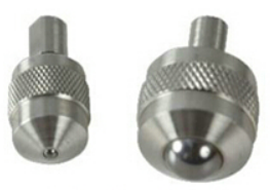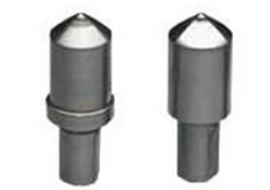18 AUG 2023 BY BAOMIT
Hardness HV HB and HRC
Hardness is a performance indicator that measures the degree of softness and hardness of a material. There are many methods of hardness test, the principle is different, and the measured hardness value and meaning are not exactly the same. The most common is the static load indentation method hardness test, namely Brinell hardness (HB), Rockwell hardness (HRA, HRB, HRC), Vickers hardness (HV).
Hardness is not a simple physical quantity, but a comprehensive performance index that reflects the elasticity, plasticity, strength and toughness of the material. Hardness of steel: Hardness is codenamed H. According to the different hardness test methods, the conventional expression is Brinell (HB), Rockwell (HRC), Vickers (HV), Richter (HL) hardness, etc., among which HB and HRC are more commonly used.
HB has a wide range of applications and is generally used when materials are soft, such as non-ferrous metals, steel before heat treatment or after annealing. HRC is suitable for materials with high surface hardness, such as heat treatment hardness. The difference between the two is that the probe of the hardness tester is different, the probe of the Brinell hardness tester is a steel ball, and the probe of the Rockwell hardness tester is diamond. HV is suitable for microscopic analysis.


Spherical indenter Diamond indenter
Hardness test is the simplest and easiest test method in mechanical property test, is one of the important indicators to detect material properties, the reason why it can become a common method of mechanical property test, because hardness test can reflect the difference in chemical composition, structure and treatment process of materials.
